Enzymes & Digestion - Enzyme Action: Factors that Affect it (GCSE Biology)
Enzyme Action: Factors that Affect it
Factors that Affect Enzyme Action
For enzymes, the tertiary structure determines the shape of the active site. Factors such as temperature and pH can affect the tertiary structure of an enzyme. We will explore this below.
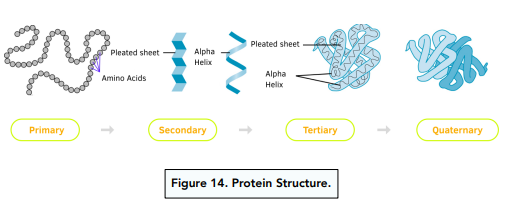
that Affect it
Optimum Conditions for Enzymes
- Enzyme tertiary structures are sensitive to changes. Protein and enzyme tertiary structures are very sensitive to environmental changes and need optimal conditions to keep working.
- Changes in the environment can cause a protein to denature. Denaturation means a protein loses its shape. For an enzyme, this means that it can no longer bind to its substrate as effectively as the active site would change shape, so the enzyme cannot work as well.
Changes in Temperature
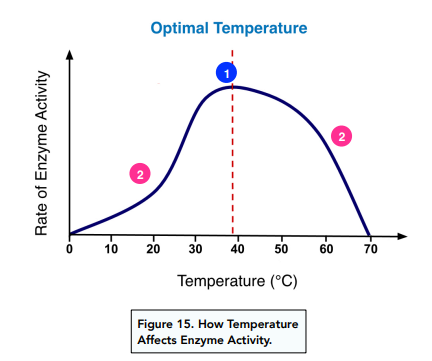
that Affect it
- Optimal temperature . As you increase temperature, temperature rises because the kinetic energy of reactants increases. This increases the rate in two ways:
- More frequent collisions – the reactant particles move faster, collide more often with each other and with enzymes, so there are more successful collisions (leading to a reaction)
- More successful collisions – the reactant particles have higher energy, so any given collision is more likely to be successful and result in a reaction.
- Denaturation. The high temperature breaks the bonds that keeps the enzyme together. This makes the active site change shape and so the enzyme no longer works. The rate of reaction then drops rapidly.
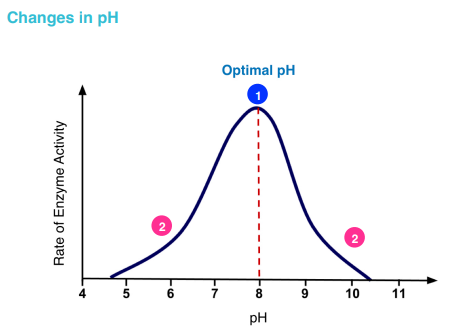

that Affect it
- Optimal pH. Most proteins and enzymes work best at a natural pH of 7.4. However, certain proteins and enzymes can tolerate higher or lower pH levels. For example, the human protein pepsin, which is found in the stomach, works best at a pH of 2, which is highly acidic
- Denaturation. Denaturation can occur at low or high pH. The enzyme is affected due to disruption of the ionic and hydrogen bonds in the tertiary structure, which leads to an alteration in the specific shape of the active site.
Changes in Enzyme Concentration
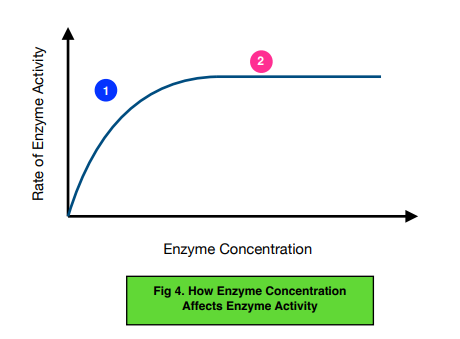
that Affect it
- Increasing enzyme concentration. The higher the concentration of enzymes, the more likely it is that a substrate will collide with an enzyme so the rate of reaction increases.
- Maximum rate reached. This is because point has been reached when all of the substrates are interacting with the enzymes so the addition of more enzymes won’t make a difference to the rate of reaction.
Changes in Substrate Concentration
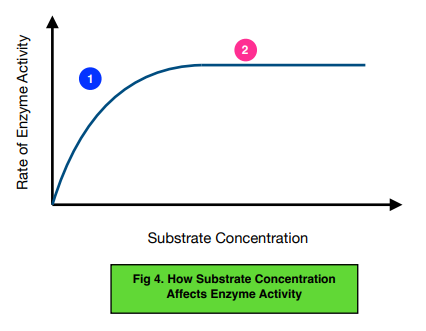
that Affect it
- Increasing substrate concentration. The higher the concentration of substrate, the more likely it is that an enzyme will collide with a substrate so the rate of reaction increases.
- Maximum rate reached. This is because point has been reached when all of the enzymes are interacting with the substrate so the addition of more more substrate won’t make a difference to the rate of reaction. All of the active sites are occupied.
Enzyme Active Sites
- Reactants fit into the active site. In order for an enzyme-catalysed reaction to occur, the reactants must fit into the active site of the enzyme. The reactants must be complementary to the active site of the enzyme, in order to enter and the reaction to begin.
- Enzymes catalyse specific reactions. Only certain reactants are complementary to the the active site of the enzyme and can fit in. Therefore, the enzyme can only catalyse a specific reaction.
Lock and Key Model
Enzyme reactions can be described with the lock and key mechanism.
- The lock and key have to have complementary shapes. Every lock can only be opened by a particular key which matches the lock. In order for the lock to open, the key has to fit into the lock perfectly.
- The enzyme is the lock, and substrate the key. In order for a substrate to bind to the active site of an enzyme, it must have the correct shape which allows it to “fit” into the active site.
- The lock and key model is simplified. The lock and key model is overly simplified because it assumes that the enzyme active site and substrate have the exact same shape. In reality, enzymes can bind to many different substrates, so it is likely that enzymes change their active site slightly each time to bind to a new substrate – this is another theory called the induced fit model.
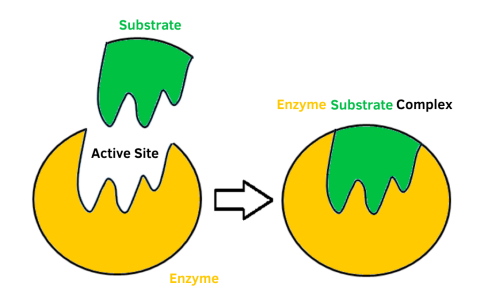
that Affect it






Still got a question? Leave a comment
Leave a comment